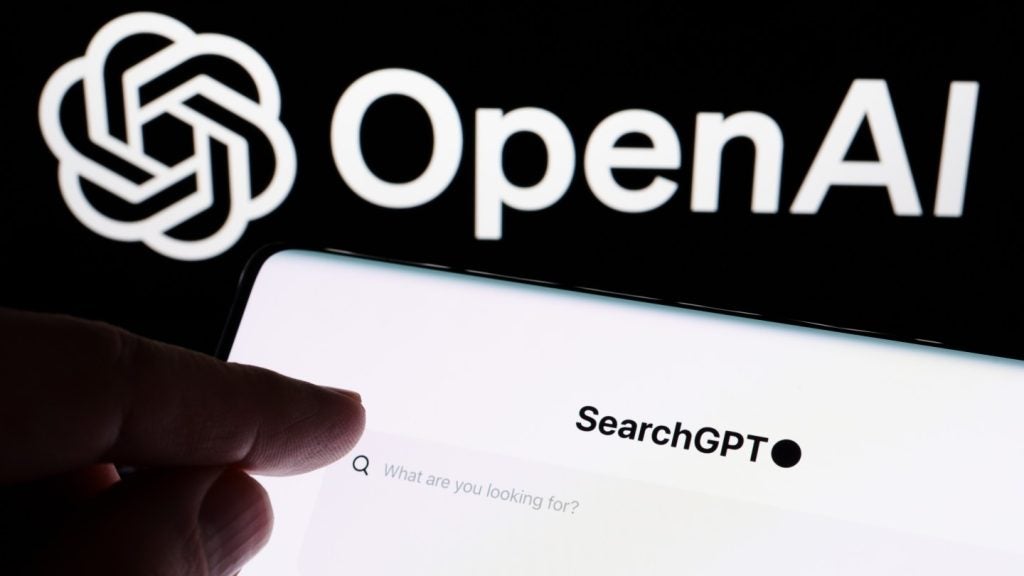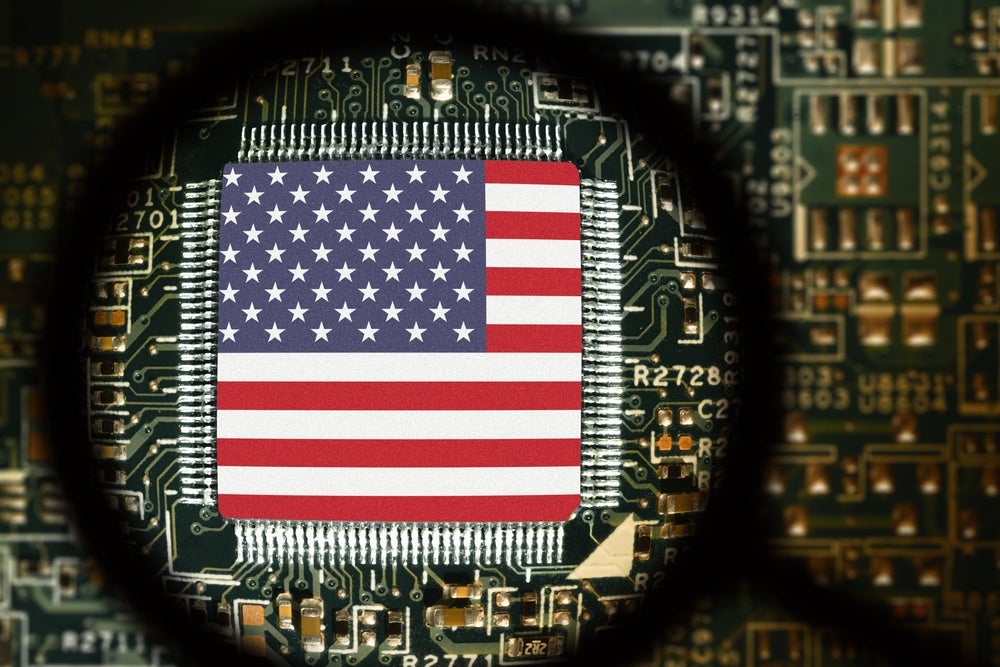Oracle has been granted a patent for systems and methods that use a distributed ledger, such as a blockchain, to implement software component ecosystems. The patent describes a process for verifying transactions in the ecosystem, including developer registrations, using a consensus mechanism among designated catalog instances. The system generates a new block hash for each transaction and commits it to the blockchain. GlobalData’s report on Oracle gives a 360-degree view of the company including its patenting strategy. Buy the report here.
According to GlobalData’s company profile on Oracle, Hybrid cloud mgmt was a key innovation area identified from patents. Oracle's grant share as of September 2023 was 70%. Grant share is based on the ratio of number of grants to total number of patents.
Verifying blockchain transactions and validating developer registrations


A recently granted patent (Publication Number: US11775285B2) describes a method and apparatus for verifying a blockchain in a networked computing ecosystem. The invention involves the use of select catalog instances to perform transaction validation and achieve consensus on the verification of developer registration transactions.
The method involves designating two or more select catalog instances that intercommunicate and perform transaction validation based on selection rules, including a level of trust. Developer registration transactions, which include identifying information of a software component developer for the blockchain, are received into the unverified queues of these select catalog instances. The transactions are then validated by the catalog instances, and the results are compared to achieve consensus on the authorization of the developer to register the identifying information.
Once consensus is reached, a new hash is generated by incorporating a previous block hash and a hash for the developer registration transaction. This new hash is then committed to a new block of the blockchain. The developer registration transaction is removed from the unverified queues in response to the commitment of the new hash.
The patent also mentions additional features, such as the inclusion of a developer name, a public key, and a digital signature in the developer registration transaction. The method further includes checking for existing developer registrations before committing the new hash to the blockchain. The difficulty level for calculating the new hash can be scaled according to the level of trust of the select catalog instances or the overall networked computing ecosystem.
Overall, this patent presents a method and apparatus for verifying a blockchain in a networked computing ecosystem using select catalog instances and achieving consensus on developer registration transactions. The invention aims to enhance the security and trustworthiness of blockchain systems by ensuring that only authorized developers can register their identifying information.
To know more about GlobalData’s detailed insights on Oracle, buy the report here.
Data Insights
From

The gold standard of business intelligence.
Blending expert knowledge with cutting-edge technology, GlobalData’s unrivalled proprietary data will enable you to decode what’s happening in your market. You can make better informed decisions and gain a future-proof advantage over your competitors.







